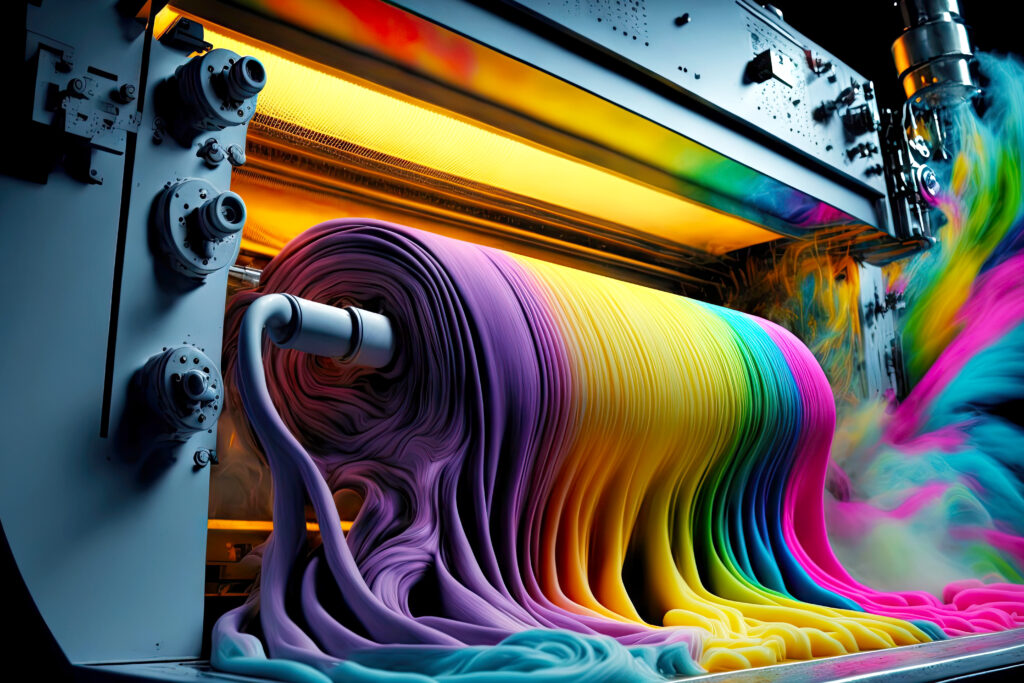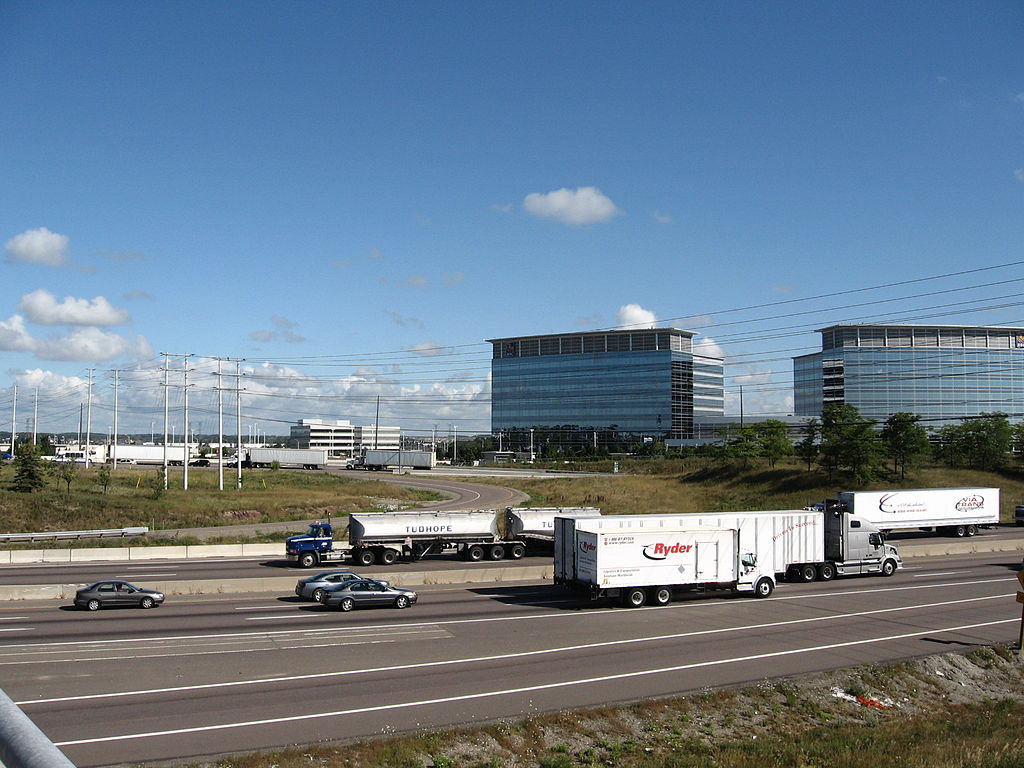The textile industry has historically been a significant contributor to environmental pollution due to its high consumption of water, energy, and chemicals. Furthermore, the harmful dyes and finishes used in textile production have posed severe environmental and health challenges. This pressing situation necessitates innovative strategies to boost sustainability in the textile industry. One promising approach is the recycling of solvents used in production processes.
The Importance Of Solvent Recycling
Defining The Concept
Solvents are ubiquitous in the textile industry. They are used in various stages, such as dyeing, finishing, and printing, to facilitate the integration of color and finishing agents into the fibers. However, the mismanagement and inappropriate disposal of solvents present a double-edged sword, contributing to significant environmental damage and wasting valuable resources.
Solvent recycling offers a viable solution to this predicament. By adopting techniques that enable the reuse of solvents, manufacturers can reduce waste, lower their environmental footprint, and make substantial cost savings.
The Environmental Benefits
Solvent recycling in the textile industry yields significant environmental benefits. By decreasing the quantity of virgin solvents consumed and reducing waste disposal, it cuts down greenhouse gas emissions and toxic effluents. Furthermore, it can contribute to conserving water, a resource of paramount importance that the textile industry heavily relies on and depletes.
Solvent Recycling Techniques
Different solvent recycling techniques can be used, each with unique strengths and potential applications. The choice of method often hinges on the solvent’s nature, the contaminant’s characteristics, and economic considerations.
Distillation
Distillation is the most common method for solvent recycling. It leverages the difference in boiling points between the solvent and the contaminants, allowing for the separation and subsequent reuse of the solvent. This technique is particularly effective for cleaning solvents with high boiling points.
Membrane Separation
Membrane separation, although more complex, offers a more efficient recovery rate. It uses permeable membranes to segregate solvents from contaminants based on their size or chemical nature. While this method often yields higher purity, its application is constrained by the potential damage to membranes from harsh contaminants.
Adsorption And Absorption
Adsorption and absorption are also viable techniques for solvent recycling. They involve the use of adsorbents or absorbents to capture contaminants from the solvent, facilitating its reuse. While these techniques are generally less efficient than distillation and membrane separation, they are ideal for situations where other methods are not feasible due to the solvent or contaminant’s properties.
Implementing Solvent Recycling: A Case Study
To illustrate the efficacy of solvent recycling, consider a study conducted by the ‘Green Textile Initiative’. They collaborated with several textile manufacturers to implement solvent recycling and measure its impact on sustainability and cost-effectiveness.
The manufacturers incorporated solvent recycling techniques like distillation and membrane separation in their processes. After a year, the results showed a 35% reduction in solvent usage, a 40% decrease in waste disposal, and a 30% decrease in operating costs. This case study provides compelling evidence of the significant benefits that solvent recycling can bring to the textile industry.
Barriers To Solvent Recycling And Solutions
Despite its evident benefits, several barriers hinder the widespread adoption of solvent recycling in the textile industry.
Technological Challenges
Firstly, there exist technological challenges. Solvent recycling requires sophisticated equipment and technical know-how. Not all textile manufacturers have the resources or the expertise to implement such technologies. Furthermore, each solvent recycling technique has its limitations, and not all solvents can be recycled effectively.
The solution lies in technological innovation and research to develop more accessible and efficient recycling techniques. The textile industry should also seek collaborations with technical institutions and research bodies to tap into their expertise and resources.
Economic Barriers
Another critical barrier is economic. The initial investment required for solvent recycling technologies can be substantial. For small and medium enterprises (SMEs) in particular, this poses a significant hurdle.
However, when considering the long-term savings and the potential to sell recycled solvents, the return on investment (ROI) could be significant. Financial institutions and governments should also consider providing incentives and subsidies to manufacturers willing to invest in solvent recycling technologies.
FAQs
Why is solvent recycling important in the textile industry?
Solvent recycling is vital as it can reduce environmental pollution and waste, save costs, and contribute to the industry’s sustainability.
What are the main techniques used for solvent recycling?
The primary techniques include distillation, membrane separation, adsorption, and absorption. The choice of method depends on the solvent’s nature and the contaminant’s characteristics.
What are the main challenges to implementing solvent recycling in the textile industry?
The primary challenges are technological and economic. There’s a need for more sophisticated equipment and technical expertise, as well as substantial initial investment.
Sustainability In Fashion: The Role Of Solvent Recycling
The fashion industry is a substantial offshoot of the textile sector that stands to gain significantly from solvent recycling. Considering the speed and scale of production in fast fashion, the application of solvent recycling can significantly reduce the industry’s environmental footprint.
In the fashion industry, solvents are primarily used for dyeing fabrics and applying finishes. By introducing solvent recycling into their processes, fashion brands can take a proactive step towards achieving their sustainability targets.
Take, for instance, a renowned fashion brand that incorporated solvent recycling into its production process. The brand reported a reduction in solvent consumption by 30% and a decrease in greenhouse gas emissions by 25%. Additionally, there was a marked improvement in the working conditions in their factories, demonstrating that solvent recycling’s benefits extend beyond environmental conservation to human wellbeing.
Regulatory Framework And Solvent Recycling
The effective implementation of solvent recycling in the textile industry also relies on a robust regulatory framework. Governments and regulatory bodies should enact and enforce legislation that encourages sustainable practices like solvent recycling.
For example, the European Union has stringent regulations on chemical usage and waste disposal in the textile industry. These regulations have incentivized many European textile manufacturers to adopt solvent recycling, contributing to a more sustainable industry.
Similarly, in countries like the U.S. and Canada, environmental agencies provide guidelines and resources to facilitate the implementation of solvent recycling in various industries, including textiles. Through a combination of regulation and support, these countries have made significant strides in promoting solvent recycling.
The Future Of Solvent Recycling In The Textile Industry
Looking ahead, the future of solvent recycling in the textile industry seems bright. As the global community becomes increasingly aware of environmental issues, sustainability in manufacturing processes has become not just desirable, but also a market requirement.
Moreover, advancements in technology promise more efficient and accessible methods for solvent recycling. Innovative techniques like ultrasonic cavitation and supercritical fluid extraction, while still in the early stages of development, hold immense potential for efficient and effective solvent recycling.
As we move forward, the integration of artificial intelligence and machine learning into solvent recycling processes could yield even more promising results. These technologies could optimize recycling processes, predict system failures, and provide data-driven insights for continual improvement.


